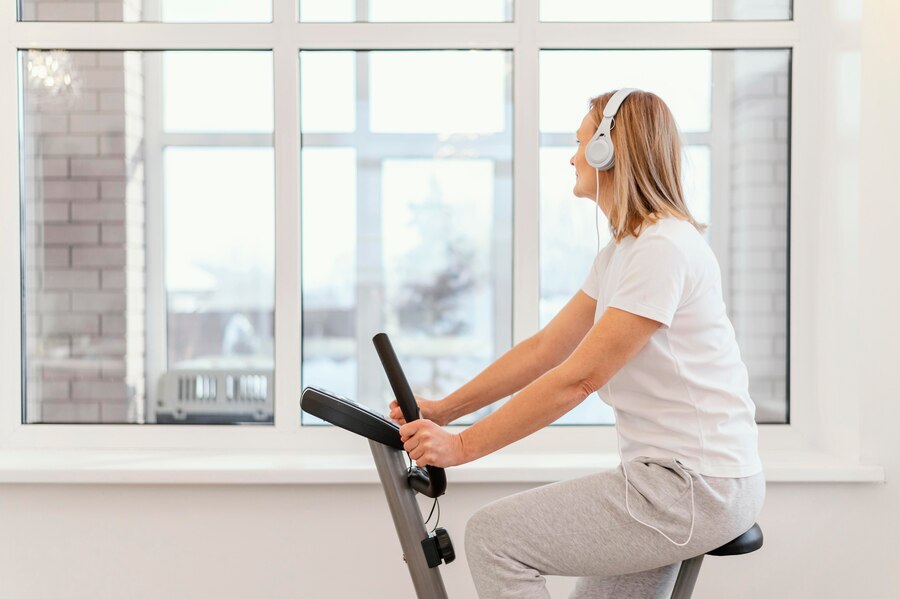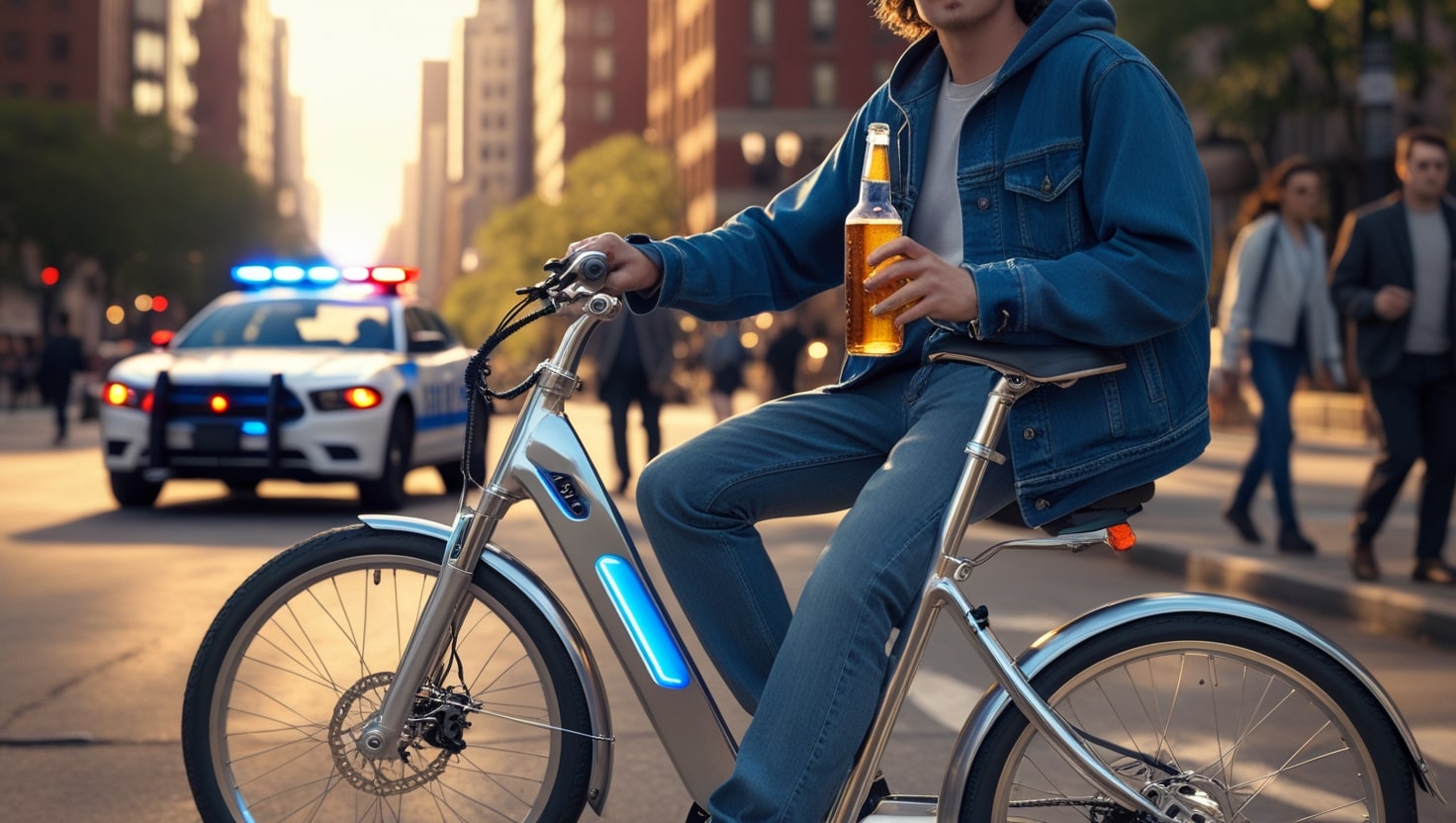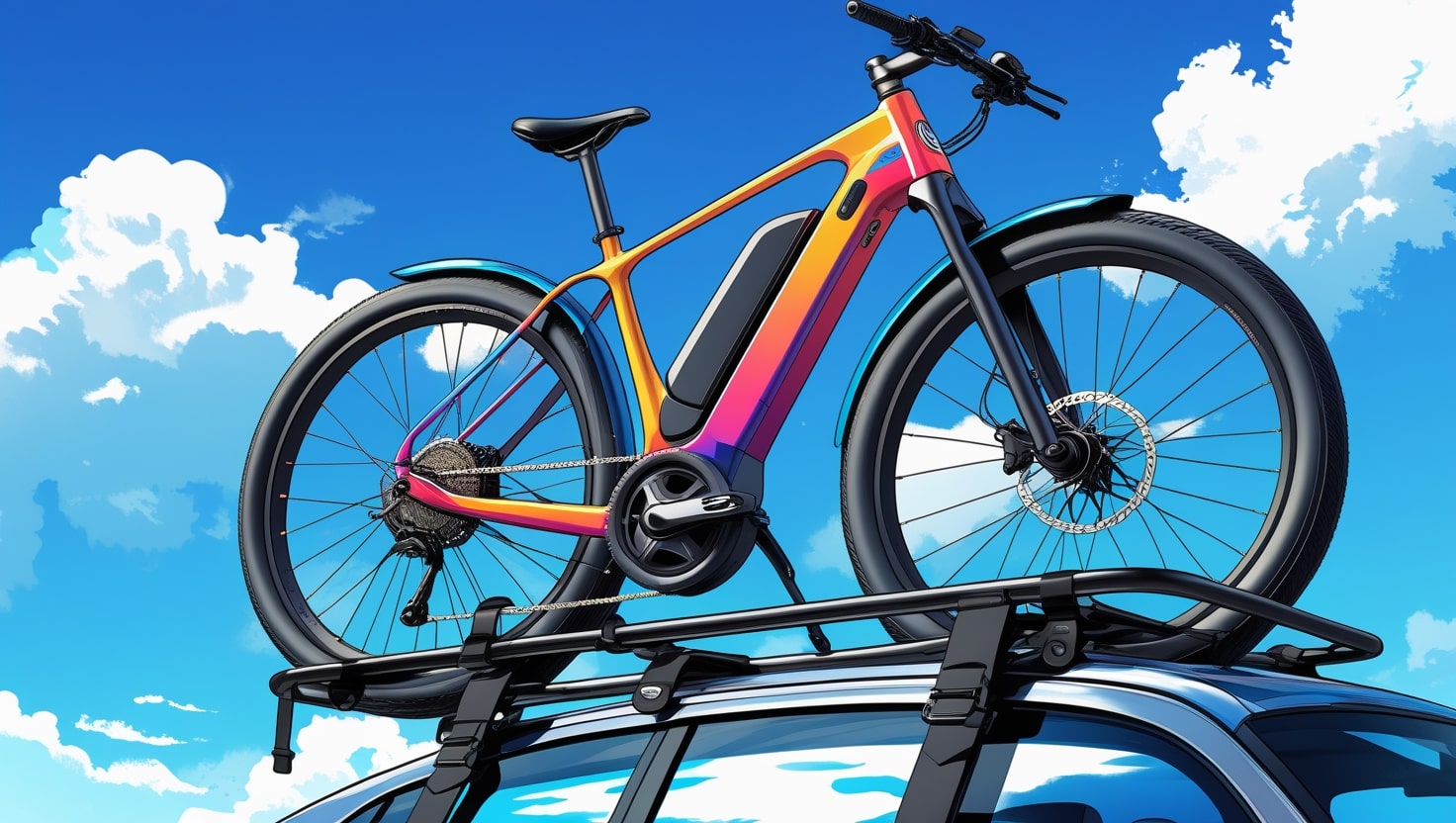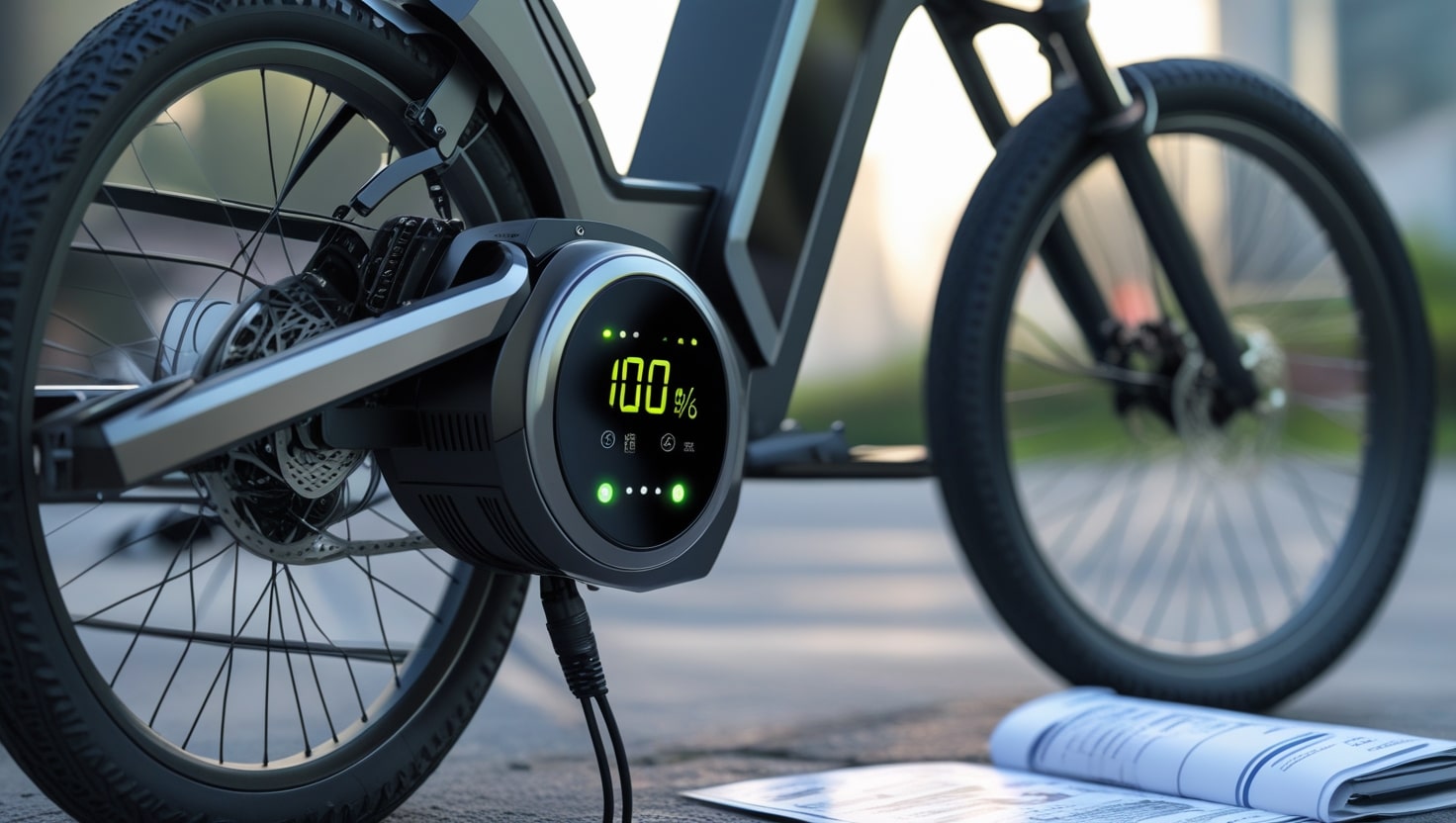When it comes to enjoying your exercise routine, a comfortable bike seat is essential. Nothing can ruin a long cardio session faster than an uncomfortable seat that hurts your butt. If you find it painful to sit for extended periods, it’s challenging to stay motivated and keep using your bike.
Having a favorite piece of cardio equipment, like an indoor bike, should mean that your workouts are enjoyable and fun. Regular spin classes or solo rides should be something to look forward to, not a dreaded chore. To make your indoor bike seat more comfortable, you need to explore various reasons for the discomfort and how to effectively deal with them. By addressing these issues, you’ll not only reduce pain but also be able to clock in the miles faster, making your workouts more enjoyable and productive. Whether you’re standing up during a climb or regularly seated during a session, a comfortable seat is non-negotiable.
Let’s explore the various reasons about how to make stationary bike seat more comfortable.
Why is your stationary bike seat uncomfortable?
An uncomfortable stationary bike seat can turn a good workout into a painful ordeal. There’s no such thing as “one size fits all” when it comes to exercise bike seats, which often leads to discomfort for many riders. One of the main reasons your spin bike seat hurts is the mismatch between the seat design and your body. If the seat is too narrow or too wide, it can cause pressure points that lead to pain. Finding the right fit for your bike seat is crucial to eliminate discomfort and enjoy your workouts.
A narrower/ wider saddle

When you sit on an exercise bike, the only points of contact are your feet, hands, and sit bones. The bones at the bottom of your butt absorb your weight and take most of the pressure. If the bike saddle is too narrow or too wide, you’ll feel a lot of discomfort.
A narrow saddle puts a lot of pressure on your sit bones, causing pain. If the saddle is too wide, it can interfere with your pedaling motion and may cause chafing on your inner thighs. Finding the right saddle width is crucial to prevent these issues and make your ride more comfortable.
Women usually have wider sit bones than men, so they need a wider saddle. On the other hand, men require a narrower saddle to properly distribute their weight, otherwise, they might experience pain in the crotch area. Adjusting the saddle to fit your body can significantly reduce discomfort and improve your cycling experience.
Improperly placed saddle

Cyclists often make the mistake of not positioning the seat correctly. They might set it too high or too low, causing pressure on their lower back, glutes, and intimate areas, which leads to pain. Ensuring your bike seat is at the right height can alleviate a lot of discomfort and improve your riding experience.
The distance of your seat from the handlebars also plays a crucial role. If the handlebars are too close to the saddle, you’ll feel constricted and won’t be able to pedal properly. Conversely, if they are too far, you’ll struggle to reach the handles without leaning forward excessively. Adjusting the position of your handlebars relative to your seat is key to maintaining a comfortable and efficient riding posture.
You may also like to read What Does the Exercise Bike Workout?
Hard bike seat

A hard seat can dig into your sit bones, causing significant discomfort. If your stationary bike seat hurts, it might simply be too hard for you to sit on comfortably. In such cases, you may require some external padding to make your rides more enjoyable. Adding a padded cover or using a gel cushion can alleviate the pressure on your sit bones and transform a painful ride into a more pleasant experience.
Wearing the wrong gear
When using an exercise bike, your thighs may repeatedly come into contact with the bike seat or your clothes. If you’re wearing loose-fitting clothing, this can cause inner thigh chafing due to the continuous movement. The risk of getting saddle sores also increases during longer workout sessions. Choosing the right gear, like snug-fitting shorts or padded cycling shorts, can help reduce these issues and make your ride more comfortable.
RelatedPost: How Much Does Motorcycle Weigh
Putting Excessive Pressure on Your Back
Even though you might think discomfort is out of your control, ironically, the second most common cause of cycling discomfort is actually something you can manage. Putting excessive pressure on your gluteal and thigh muscles can lead to a numbing sensation in that region. This issue often arises when you get carried away during your workout, leading to too much strain.
Another factor to consider is the saddle seat itself. A narrow saddle can create excessive force on your inner thighs, while a seat that’s too wide compared to your body can result in improper distribution of your body’s weight, causing additional discomfort. Ensuring the right fit and adjusting your riding technique can help alleviate these issues.
You May Have a UTI (Urinary Tract Infection)
To keep your stationary bike rides comfortable, be aware of the potential for UTIs (Urinary Tract Infections). Cycling can sometimes be connected to these infections due to the build-up of bacteria in intimate regions from excessive sweat. After your workout, if you don’t clean yourself properly, this bacteria can multiply and lead to a UTI. Regularly cleaning your body and staying dry can help prevent these issues and maintain comfort during your cycling sessions.
How can I make my stationary bike seat comfortable?

If your stationary bike seat hurts, you can make it more comfortable by adjusting the saddle, maintaining proper form and technique while riding, and investing in certain accessories like a padded cover, padded shorts, and anti-chafing cream. Paying attention to these details can significantly improve your cycling experience and reduce discomfort.
Adjusting Your Bike Seat
A properly adjusted bike seat is key to being comfortable while riding. It can help in improving your posture and relieving glute and lower back pain. To ensure a proper set-up for your exercise bike, follow these steps.
Stand next to your bike and adjust the saddle height so it’s in line with your hip level. When you sit on the bicycle seat and push the pedal to its lowest point (the six o’clock position), your feet should rest flat on the pedals with your leg almost straight and a slight bend at the knee.
Place the handlebars at the same level as your bike seat. You can also position them slightly higher, but not too high, as this will increase pressure on your sit bones. If they’re too low, you’ll be pushed forward, causing a strain on your knees, arms, and neck.
Measure the distance between your longest finger and your elbow. The distance between your bike seat and handlebars should be equal to or a bit shorter than this. Finally, adjust the saddle seat angle so that it’s parallel to the floor.
Bike Seat Equipment and Accessories
Apart from properly setting up your stationary or spin bike, investing in some accessories can significantly improve your exercise bike seat experience. Adding a padded cover or gel seat can make the seat more comfortable, reducing discomfort during longer rides.
Gel seat cover
Using a gel seat cover can greatly enhance your comfort during workouts. These covers have gel or foam padding that cushions your butt and inner thighs, preventing numbness and allowing you to work out for longer periods. They are also easy to put on and remove, making it convenient to carry one to your next spin class.
A waterproof gel seat cover is especially useful as it won’t absorb sweat, preventing any build-up of odor. Some even have a cooling function. Ensure you choose a seat cover that is the right size for your bike seat to maximize comfort.
Padded bike shorts
Padded cycling shorts are a great solution for making your ride more comfortable. These tight, lightweight shorts are made from moisture-wicking fabric like nylon or spandex and come with a chamois pad, a soft pad under the crotch area. They are designed to provide comfort while cycling by cushioning your sit bones and intimate areas. Additionally, they prevent your inner thighs from rubbing against the saddle, thereby preventing chafing and rashes.
Anti-chafing cream
Chafing can be incredibly painful, especially if you ride for an extended period. To avoid this, apply some anti-chafing cream on your inner thighs. This will reduce the friction between your thighs and the saddle, and it will also soothe your skin. Pair the cream with some padded cycling shorts to avoid chafing altogether.
Changing your saddle
If none of the previous options help in making your bike’s seat comfortable, it might be time to invest in a new and customized saddle. Get a bike seat that can accommodate your width and make your workout sessions more enjoyable. Keep in mind that not all saddles will fit your exercise bike, so you need to choose a new seat that will fit properly.
Proper stationary bike riding technique
- Use the correct technique for comfort while riding an exercise bike. A proper technique will keep you comfortable during your workout.
- Sit on the widest part of your bike’s saddle to distribute your body’s weight evenly. Aim to place 70% of your weight on your sit bones and the remaining 30% on your wrists.
- Slightly bend forwards at your hip to hold the handlebars. Keep your spine straight and your chin up to avoid dizziness.
- Keep your elbows and knees bent slightly for fluid circular motions while cycling.
- Activate your core to strengthen your abdominal muscles and avoid leaning forward. This helps reduce pressure on your wrists and forearms, keeping the weight on your pedals.
- Keep your feet flat on the pedals and avoid swaying side-to-side while pedaling.
- Modify your position every 10 minutes to prevent numbness. Switch between sitting and standing every few minutes.
What About Recumbent Bike Seats?
Recumbent bike seats can offer a more comfortable ride compared to spin or stationary bikes. These seats are generally wider and provide better back support.
However, even with their comfort, you might still experience discomfort if the sitting angles are not correct. To avoid this, consider using a belt for added support and benefits.
How long does it take to get used to a stationary bike seat?
Generally, it takes a few days to a week to break in your bike seat and get used to it. If you experience discomfort with your exercise bike seat after 2-3 weeks, refer to the guidelines provided earlier to identify the cause and determine a solution.
How to Sit on a Spin Bike?
The proper way to sit on a spin bike is to ensure your seat height is parallel to your hips. When sitting, make sure only your toes are in contact with the ground, and your knees should be slightly bent, ideally between 25-35 degrees. This way, the pressure on your legs and hips is evenly distributed.
Can You Change Your Seat on an Exercise Bike?
You have the option of changing the seat on your exercise bike, as most bikes are made to accommodate standard seats. Just choose a standard seat that feels comfortable to you, and it should fit most exercise bikes.
Conclusion
To make your stationary bike seat more comfortable, there are several strategies you can try. Start by readjusting your bike seat to the right height and angle for a better fit. Investing in a good pair of cycling shorts or adding saddle seat covers can also enhance comfort during your workouts.
If these adjustments do not work, consider using trustworthy anti-chafing creams to prevent irritation or opt for a new saddle that suits your needs. Whether you’re using your exercise bike at home to stay active and lose weight or just for cardio, finding the right solution can make a significant difference.








